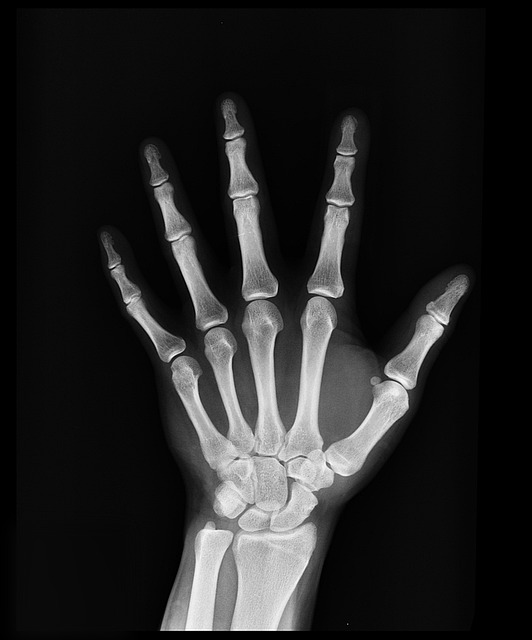Medication effects on bone structure: what to discuss with your doctor
Medications can influence bone strength in different ways, sometimes increasing fracture risk or altering bone remodeling. Before starting or stopping a drug, it helps to discuss screening, diagnostics, and monitoring with your clinician to protect your skeleton and long-term mobility.

Medications have varied effects on bone tissue, from changing bone density to altering the balance of bone formation and resorption. Discussing specific drugs with your doctor—how they relate to osteoporosis, fracture risk, and long-term prevention strategies—helps ensure that treatment choices support overall skeletal health. A clear conversation about screening, nutrition, exercise, and monitoring can reduce surprises and guide evidence-based care.
This article is for informational purposes only and should not be considered medical advice. Please consult a qualified healthcare professional for personalized guidance and treatment.
Medications and osteoporosis risk
Many commonly prescribed medicines can affect bone turnover and increase the risk of osteoporosis over time. Glucocorticoids, certain anticonvulsants, and some hormonal therapies are known to interfere with bone formation or calcium balance. When you and your doctor review a medication’s benefits and risks, ask about duration of therapy, alternative options, and whether baseline bone density testing or more frequent monitoring is recommended to detect early changes in skeletal strength.
Screening and diagnostics options
Screening for low bone density typically involves dual-energy X-ray absorptiometry (DXA) to measure bone mineral density at the hip and spine. Ask your clinician who should be screened and at what intervals based on medication exposure, age, sex, and other risk factors. Additional diagnostics may include blood tests for calcium, vitamin D, and markers of bone turnover; fracture risk calculators can integrate diagnostics and clinical history to guide prevention and treatment choices.
Medications, fractures, and the skeleton
Not all drug-related bone effects are captured by bone density alone. Some medications may change bone quality or raise fall risk, increasing fracture likelihood even when density appears stable. Discuss the specific fracture risks associated with prescribed drugs and whether fall-prevention measures, physical therapy, or adjustments in home safety should be part of your plan. If you’ve had a prior fracture, detail that history since prior fractures significantly influence management.
Calcium, nutrition, exercise interactions
Bones rely on adequate calcium, vitamin D, and regular mechanical loading to remain strong. Certain medications can impair nutrient absorption or increase urinary calcium loss. Ask how dietary strategies and supplements should be adjusted while on medication. Likewise, discuss exercise: weight-bearing and resistance activities support bone formation and reduce fracture risk when combined with appropriate nutrition. A coordinated approach helps mitigate medication-related bone effects.
Hormones and monitoring
Hormonal therapies, such as aromatase inhibitors used in some cancers or androgen-blocking agents, can reduce estrogen or testosterone levels and accelerate bone loss. Conversely, some bone-targeted treatments involve hormonal modulation. When hormone-related medications are necessary, talk about baseline hormone assessments, targeted monitoring of bone density, and potential use of bone-protective agents. Establish a timeline for follow-up testing and thresholds that would prompt intervention.
Geriatrics and prevention considerations
Older adults often take multiple medications, increasing the chance of cumulative effects on bone and fall risk. In geriatrics care, polypharmacy review is crucial to identify drugs that can be reduced or replaced with safer alternatives. Prevention strategies may include tailored screening frequency, vitamin and mineral optimization, supervised exercise programs, and monitoring that accounts for comorbidities. Discuss how age-related changes and comorbid conditions alter both medication choices and prevention priorities.
Conclusion: A focused discussion with your clinician about how a specific medication interacts with bone health can clarify screening needs, nutrition and exercise roles, monitoring intervals, and prevention options. Fracture risk assessment and coordinated diagnostics help balance therapeutic benefits with skeletal protection, enabling safer long-term treatment plans without compromising overall health.



